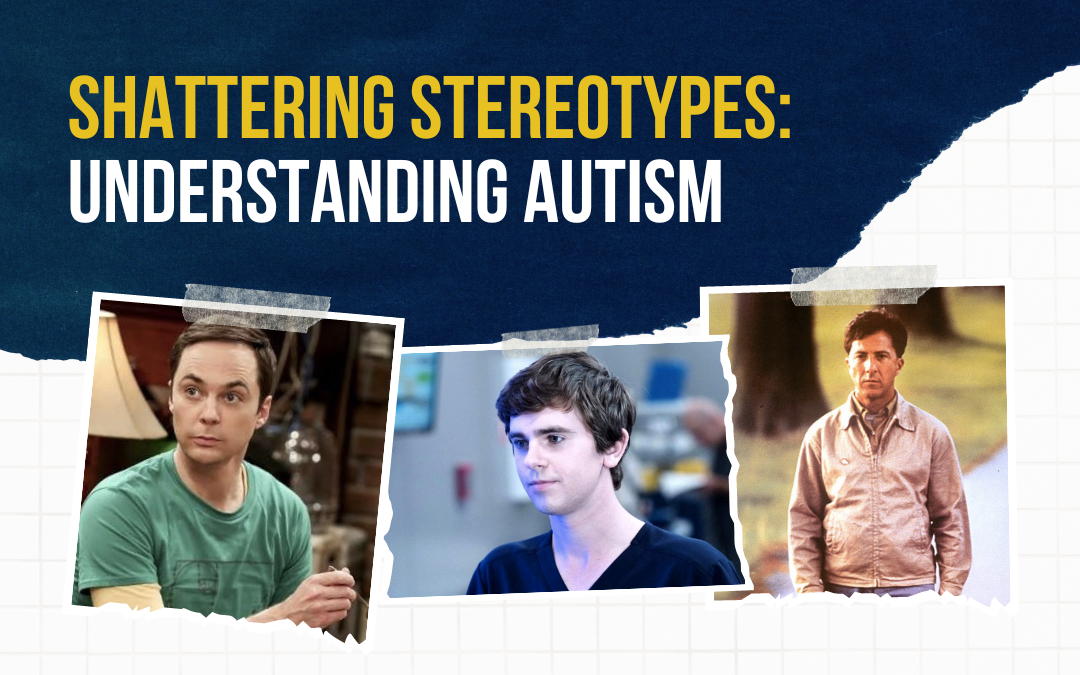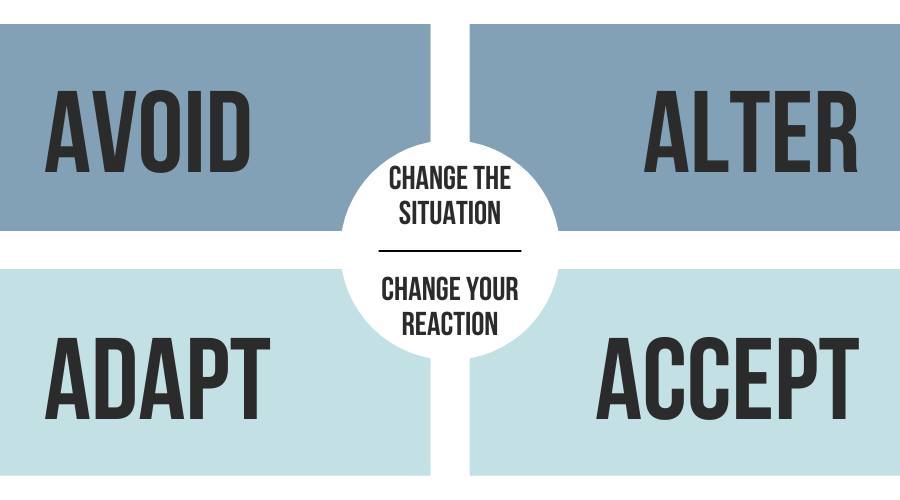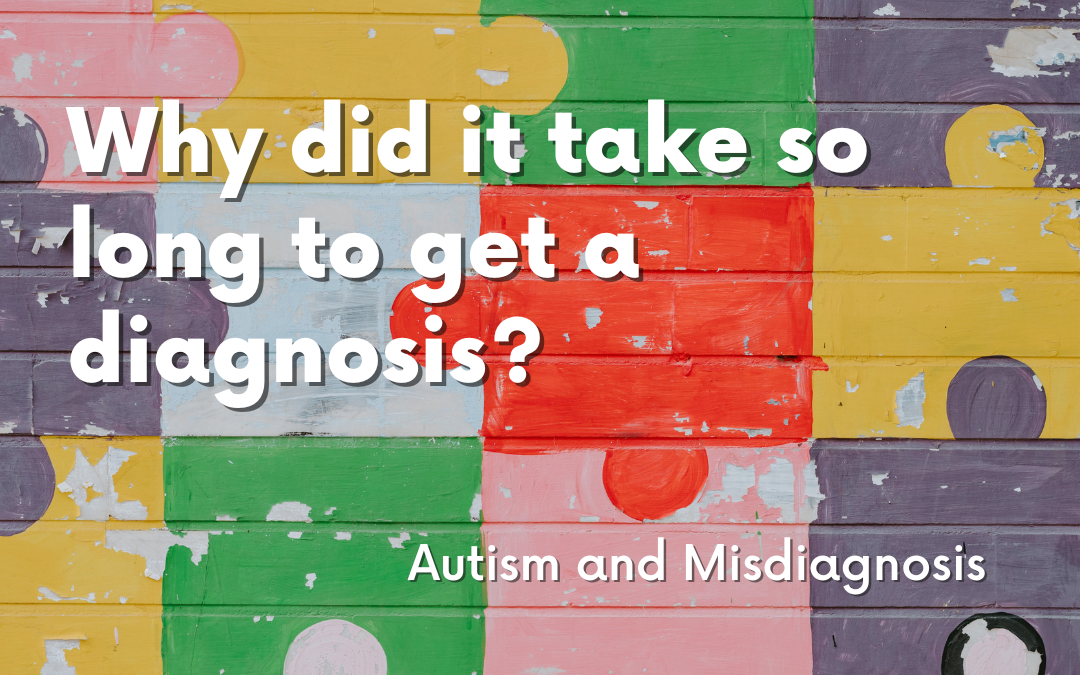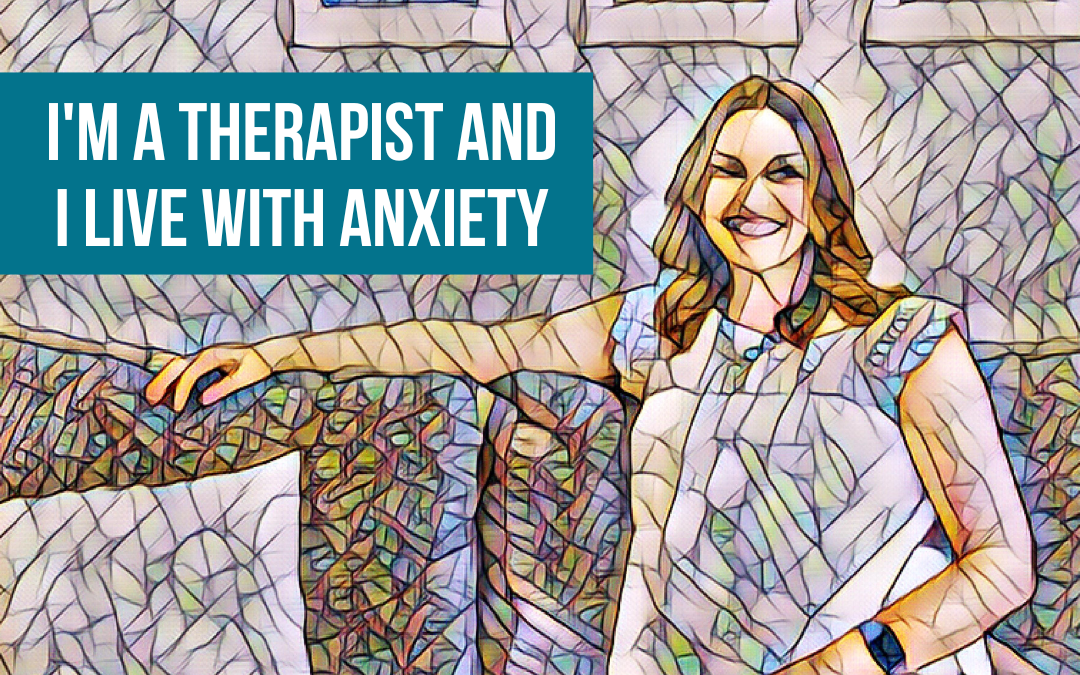Shattering Stereotypes: Understanding Autism

Who comes to mind when you think of Autism? Dustin Hoffman from Rain Man? Sheldon Cooper from Big Bang Theory? Dr. Shaun Murphy from the Good Doctor?
Autism is often characterized by males who have awkward social skills, monotone speech, and are freakishly good at science and math in the media. While this may be one presentation of autism, the presentation of this disorder varies and is unique for each person.
Autistic individuals are not only white males. This disorder is also found in females, BIPOC, and the LGBTQAI+ community. Autism often gets overlooked as a diagnosis for people who don’t fit the stereotype portrayed in the media.
Why is Autism Synonymous with White Males?
The idea that Autism is a male disorder goes way back! In early 20th century research, most studies only included information regarding the presentation of the disorder in males. Even though females were included in research, their information was excluded from the published research for political reasons.
This early research impacted psychiatrists’ understanding of Autism and therefore the diagnostic guidelines for the disorder. Over the years research has evolved to improve mental health professionals’ understanding of how this disorder presents in other populations, including women and BIPOC.
Unfortunately, there are still significant race and gender disparities for Autism diagnoses. Boys are diagnosed at a rate four times that of females. This is likely because we are still learning to recognize the differences between the presentation in males and females.
So What Is Autism?
While I could list the diagnostic criteria for Autism in the DSM-5 or ICD-10 (manuals used to aid diagnosis in medical settings), I’m not going to do that. You can thank me later! 😉
Instead, I’m going to talk about common characteristics of the disorder. These characteristics are biological, cognitive, and behavioral in nature.
-
Autism is Neurological.
Autism is largely genetic but it is not caused by one single gene. Research suggests there are multiple genes associated with a diagnosis. It is also associated with specific and pervasive differences in the brain. Specifically, the differences impact how the Autistic brain processes and makes sense of information.
-
Autistics have a Deliberate Processing Style.
Autistic individuals typically process information using logic and reason rather than intuition and emotion. They tend to process information and stimuli as if it is new…even if it’s something they’ve seen 100 times before. This requires a ton of energy which leads to being easily overwhelmed.
-
Information is Processed from the Bottom Up.
Nonautistic individuals process information from the top down which means they filter out nonessential information based on previous experiences. Autistic individuals process things in a careful, systematic way without taking mental shortcuts. This means clear-cut expectations and predictability make it easier for the individual to process
-
Autism Touches Every Aspect of the Person’s Life.
Because Autism is characterized by neurological and cognitive differences, every aspect of the person’s body and brain is impacted, including but not limited to, coordination, ability to read nonverbal communication, communication skills, reaction time, internal states, and perception of stimuli.
-
Autism is Behavioral.
Repetitive self-stimulating behaviors, also known as stimming, is a means to regulate the autistic brain. There are a variety of different ways to stim but these behaviors usually involve engaging the sensory system.
-
Autism Co-Occurs with Other Physical and Mental Health Disorders.
Due to the genes involved with the disorder, it often presents with other physical health problems, such as gastrointestinal issues and seizures. Additionally, other co-occurring mental health disorders are common among Autistics.
-
Autism is a Neurodivergence.
It is a type of functioning which differs from what society defines as normative. Each case is different and traits associated with the disorder vary widely. Each person has a unique constellation of traits and features with varying degrees of intensity.
What Next?
We hope this information gives you a better understanding of what Autism is and is not. If you believe you or a loved one has Autism, reach out to us to learn more about how a psychological evaluation can help. You can schedule a free 15-minute phone consultation. We’d be happy to hear from you.
The post Shattering Stereotypes: Understanding Autism appeared first on Gateway Behavioral Health Consultants.
- Mon - Fri
- -
- Sat - Sun
- Closed
Evenings Available By Appointment











